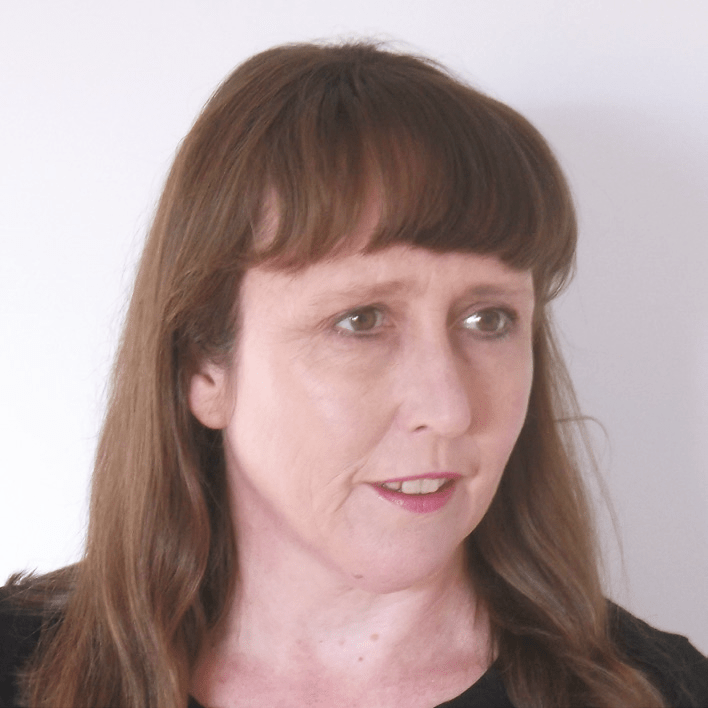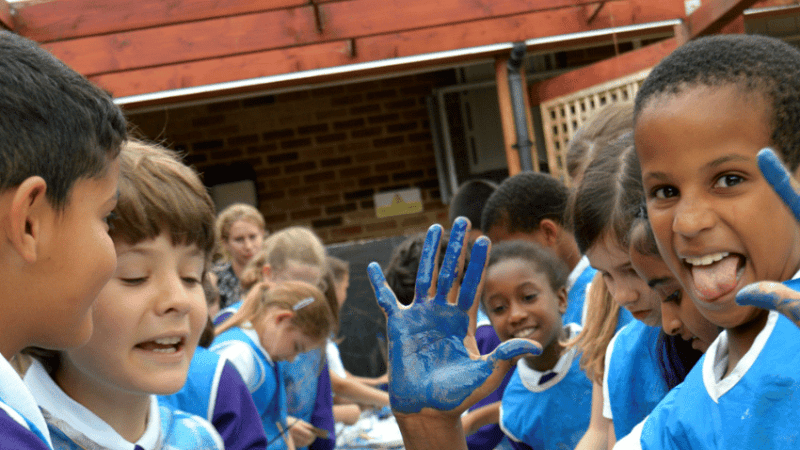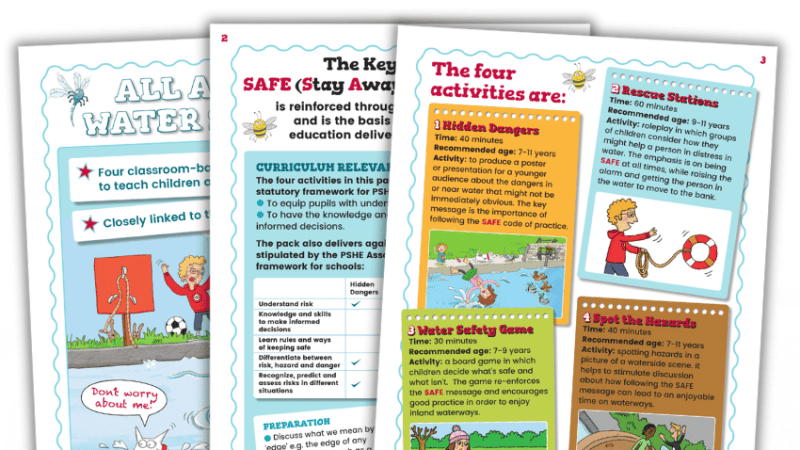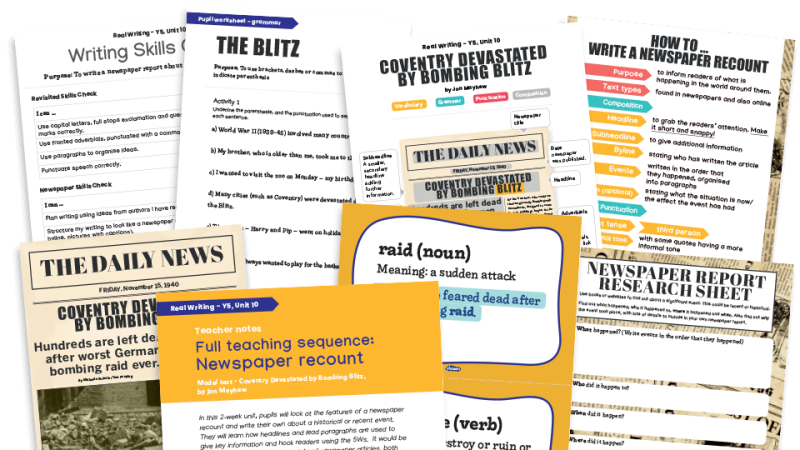‘It’s important to have a clear set of values about your setting’

Sue Cowley looks back on what it took to take Stanton Drew and Pensford Preschool from 'satisfactory' to 'outstanding'…

- by Sue Cowley

Naturally, we were delighted when we found out that our setting, Stanton Drew and Pensford Preschool, had been awarded ‘outstanding’ in all areas by Ofsted. Although our main focus has never been on ‘getting a good inspection result’, it is lovely for the hard work of our team to be recognised.
It has been a long journey to get to this point, from a starting point of ‘satisfactory’, via ‘good’, and we have made lots of changes to our setting along the way.
Self-evaluation
The key to our progress has been to look forensically at every aspect of how we run our setting and work out what we can do to make it better. We have regular meetings, both of staff and of the management committee, and use these to check that previous actions have been completed and to decide what needs to happen next. A few years ago, we stopped using the Ofsted self-evaluation framework, and began using the ‘Bristol Standard’. To complete the Bristol Standard, our staff had to evaluate the different aspects of our provision in 10 different ‘dimensions’ – areas such as ‘values and aims’, ‘play and learning experiences’ and ‘observation, planning and assessment’.
The Bristol Standard approach is a hands-on, continuous process. It has helped us to build up a folder of evaluation evidence which acts as a working document, rather than a polished ‘end result’. An important part of our self-evaluation process is staff appraisals. During the year, our setting leader holds supervisory meetings for her team members. Each July we then use an in-depth appraisal to plan for the following year. In the appraisal we discuss achievements, targets and interests, and identify training needs.
Each member of staff has their own talents and skills. Our role is to maximise on their strengths and help them to increase their knowledge as needed.
Feedback & communication
We pride ourselves on the close communication between our setting and the families and children who attend. We have developed a range of ways to keep in touch, share information and gather feedback. As a voluntary-run setting, parents are at the heart of our provision, because parents make up our committee. To ensure good communication, we use:
• Home visits for each new starter • A dedicated ‘settling-in person’ for new children • A display showing each key person and the children they work with • A weekly newsletter update sent via email • A weekly blog entry, telling parents about what children have been learning in the past week • Learning journey folders, available to parents at all times • ‘What we are learning and why’ information boards • WOW slips, so parents can share and celebrate their child’s achievements • Parent questionnaires sent twice a year (one general questionnaire, another for leavers • Regular parent consultation meetings with the child’s key person
We have been posting updates to our blog since March 2011, so we have five years of learning recorded on our website. This is a treasure trove of information for new parents and visiting inspectors.
It’s simple to update – during the week, staff note down interesting things that they have done with the children, and our admin person types it up. It is a small investment of time with a very valuable outcome.
The great outdoors
One of the biggest changes we made was to change from sessions held indoors, with the occasional planned walk, to a free-flow system between indoors and out. We also hold a full day’s forest club session one day each week.
Our setting opens out onto a tarmac car park, so a team of volunteers from the local community built a garden to one side of the setting. Next, we invested in a set of metal barriers to section off an area where the children can play. We bought warm clothing for staff and a free-flow curtain (a curtain of plastic strips that keeps the heat in). We have also invested in a potting shed and a mud kitchen.
Most of the work has been paid for by grants from other local charities, and by the fundraising efforts of parents. In order to develop our forest club, our setting leader did the training to achieve her Level 3 Forest School practitioner award. We needed a suitable outdoor space, and were very lucky that a local landowner (an ex-parent) lets us use part of his land. We have invested in outdoor resources, including a trolley for us to move our equipment, an outdoor toilet, a set of waterproofs for children and staff, a Kelly kettle, and so on.
Resources & auditing
One of the first things I did on joining the committee was to ask staff to look at their use and storage of resources. (As a pack-away setting, it is crucial that we can set up and pack away again quickly and efficiently.)
At the time, our cupboards and shed were rammed full of toys and resources. One summer, we got all of our resources out of storage and did a fairly ruthless cull of a lot of toys that we didn’t really need. We have also had an equal opportunities audit done to ensure that we have a good diversity of resources on offer.
We had purpose-made shelves built in our cupboard and invested in high-quality furniture on castors that could easily be wheeled in and out.
Simple planning
As part of our process of self-evaluation, we spent a lot of time tweaking and adapting the way we plan until we came up with a format that really works for us. We use a large weekly planning sheet detailing the different areas of our continuous provision, both inside and out, to ensure curriculum coverage. We also have a place for notes about the children’s interests, and where we can record how we will adapt or add to an area in response to a child’s next steps or interests.
Shared values
As the management committee, our role is to liaise with our setting leader and her staff about their ideas, and to discuss and approve/finance them (or not). It is important that everyone understands what their role is, and that we support staff to do their jobs.
It’s hard to overstate how important it is to have a clear set of values about your setting – values that are shared, discussed and embedded into everything you do. For us, our ethos is to be an inclusive local setting, where children become happy, confident and resilient learners.
Steps to success
1. Use an ongoing process of self-evaluation and reflection See it as a journey, not a destination.
2. You don’t have to use the Ofsted SEF Find a self-evaluation framework that works for you
3. Use staff appraisal to help you identify training needs and interests Prioritise professional development within your budget.
4. Involve the children, their families and the community in improving your setting You will receive invaluable feedback and support.
5. Make two-way communication a priority Work together with families to support children’s learning
6. Don’t do anything ‘for Ofsted’ Start with the child and move outwards from there
Sue Cowley is an author and teacher trainer, and has been Chair of the committee at Stanton Drew and Pensford Preschool for the last seven years; her latest book, The Seven V’s of a Great Early Years Setting, is available via Amazon
For more information, visit www.suecowley.co.uk or follow @Sue_Cowley











